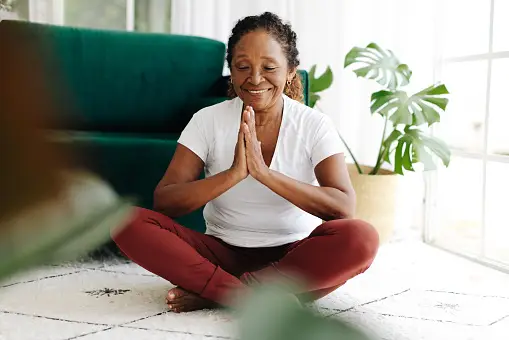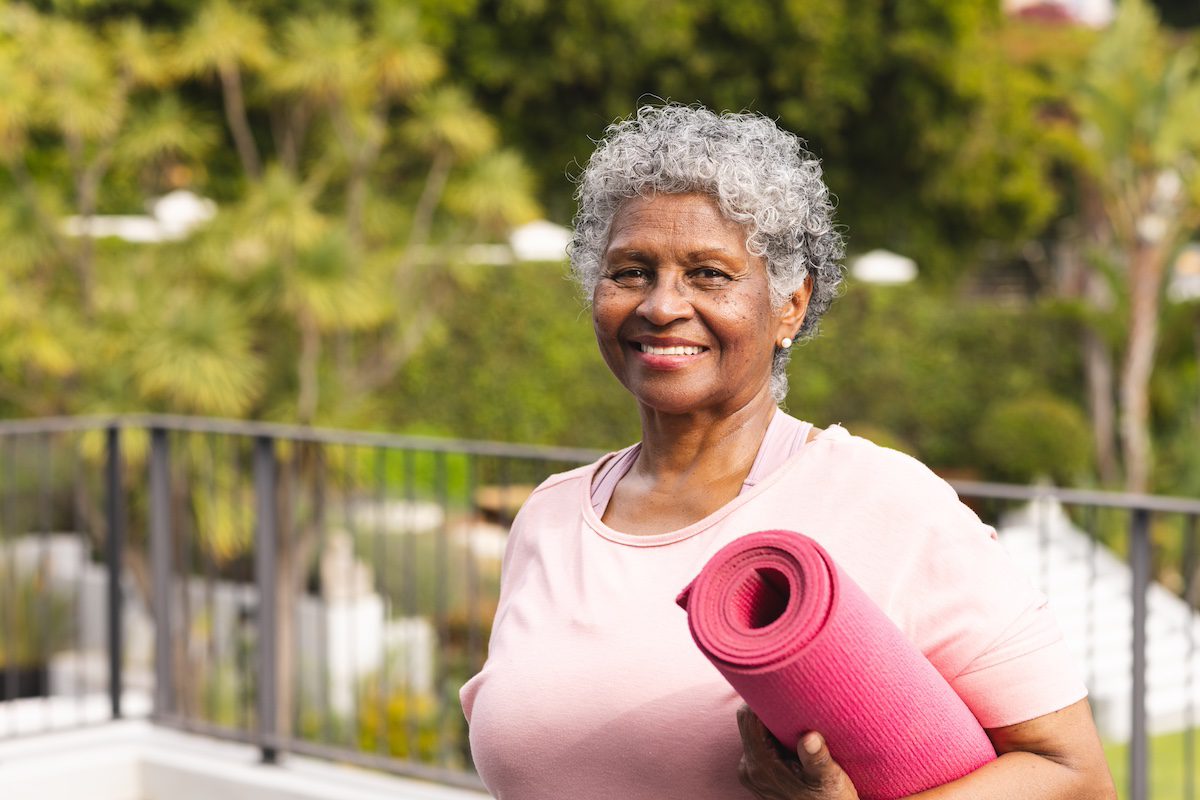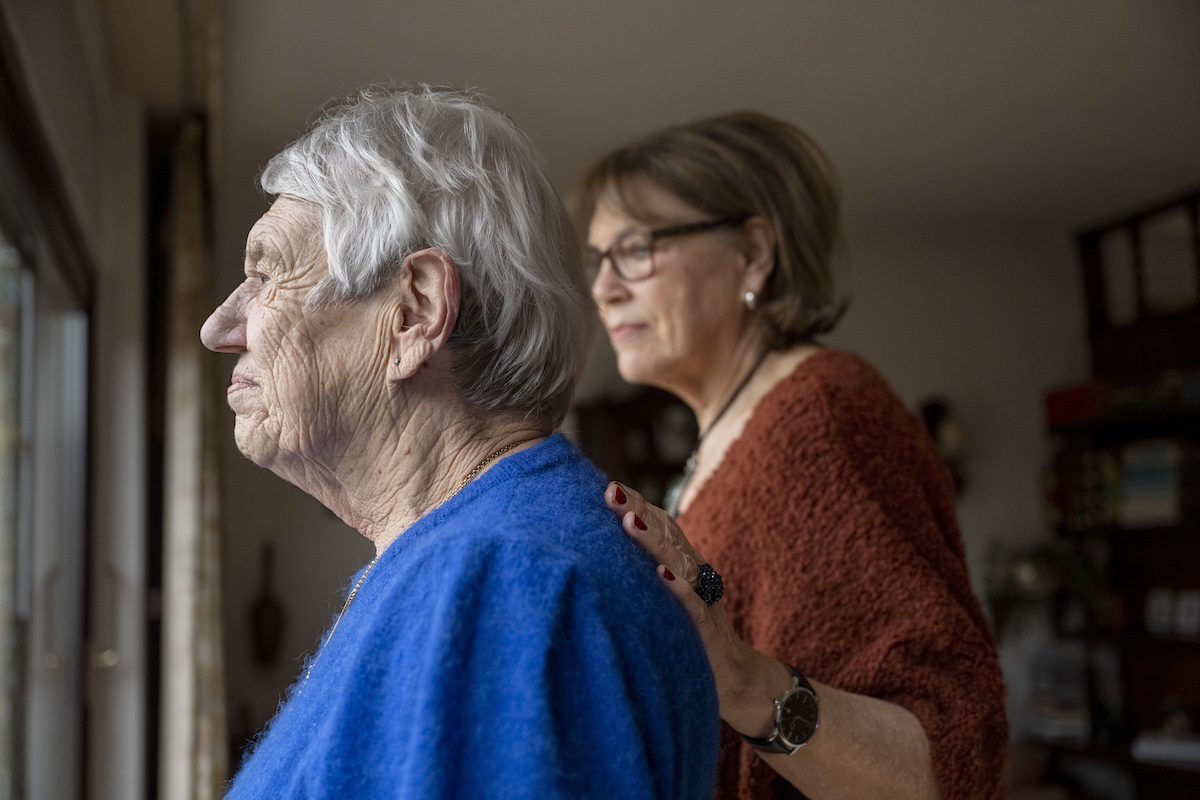Senior Health Means Exercise

Regular exercise is a cornerstone of health and well-being at any age, but it holds particular significance for seniors. As people age, the body undergoes various changes that can impact physical and mental health. Regular physical activity can mitigate many of these changes, helping seniors maintain independence, improve quality of life, and reduce the risk of chronic diseases.
Physical Benefits
- Enhanced Cardiovascular Health: Regular aerobic exercises such as walking, swimming, or cycling can significantly improve cardiovascular health. These activities strengthen the heart muscle, improve circulation, and reduce blood pressure, which in turn lowers the risk of heart disease, stroke, and other cardiovascular conditions.
- Improved Strength and Flexibility: Strength training exercises, like lifting weights or using resistance bands, help maintain muscle mass and strength, which naturally decline with age. Stronger muscles support better balance and coordination, reducing the risk of falls—a major concern for older adults. Flexibility exercises, such as yoga or stretching routines, help maintain joint mobility and reduce stiffness, contributing to better overall physical function.
- Bone Health: Weight-bearing exercises, including walking and resistance training, are essential for maintaining bone density. Osteoporosis and the resulting fractures are common in seniors, but regular physical activity can slow bone loss and even build bone density in some cases, thereby reducing the risk of fractures.
- Weight Management: Regular exercise helps maintain a healthy weight by burning calories and boosting metabolism. Obesity is linked to numerous health issues, including diabetes, heart disease, and certain cancers. Exercise, combined with a balanced diet, is a key strategy for weight management and overall health.
Mental and Emotional Benefits
- Cognitive Function: Regular physical activity has been shown to improve cognitive function and reduce the risk of cognitive decline and dementia. Activities that combine physical movement with mental engagement, such as dancing or tai chi, are particularly beneficial. Exercise increases blood flow to the brain, promotes the growth of new brain cells, and improves memory and learning abilities.
- Mental Health: Exercise has a profound impact on mental health, reducing symptoms of depression and anxiety. Physical activity stimulates the release of endorphins—natural mood lifters—and reduces levels of the stress hormone cortisol. For seniors, staying active can help combat feelings of loneliness and isolation, which are common in later years.
- Sleep Quality: Regular exercise can improve sleep patterns, leading to better sleep quality and duration. This is particularly important for seniors, as sleep problems are common in this age group. Exercise helps regulate the sleep-wake cycle and can alleviate symptoms of sleep disorders such as insomnia.
Social Benefits
- Community and Social Interaction: Many exercise activities, such as group fitness classes, walking clubs, or dance groups, provide opportunities for social interaction. This can help seniors build and maintain social networks, reducing feelings of loneliness and isolation. Social engagement is crucial for mental health and overall well-being.
- Increased Independence: Maintaining physical fitness allows seniors to perform daily tasks more easily and independently. This can include activities such as gardening, shopping, or playing with grandchildren. The ability to remain independent enhances self-esteem and quality of life.
Barriers and Solutions
While the benefits of regular exercise are clear, seniors may face barriers to staying active. Common challenges include chronic health conditions, fear of injury, and lack of access to suitable exercise facilities. However, there are strategies to overcome these obstacles:
- Tailored Exercise Programs: Health professionals can develop exercise programs tailored to individual needs and limitations. This might include low-impact activities for those with joint problems or modified exercises for those with mobility issues.
- Safe Exercise Environments: Ensuring a safe environment for exercise is crucial. This can involve using appropriate footwear, exercising on even surfaces, and having access to well-maintained equipment.
- Support and Motivation: Encouragement from family, friends, and healthcare providers can motivate seniors to stay active. Group activities can provide social support and increase adherence to exercise routines.
The Best Exercises

Choosing the best exercises for seniors involves considering their unique physical capabilities, health conditions, and personal preferences. The ideal exercise routine for older adults should promote cardiovascular health, muscle strength, flexibility, and balance. Here are some of the best exercises for seniors and the reasons why they are beneficial:
Walking
Why It’s Great: Walking is one of the simplest and most accessible forms of exercise. It requires no special equipment, can be done anywhere, and is easy on the joints. Regular walking can improve cardiovascular health, boost mood, and maintain healthy weight.
Benefits:
- Cardiovascular Health: Walking increases heart rate, improving circulation and cardiovascular function.
- Mental Health: Walking in nature or with friends can reduce stress, anxiety, and depression.
- Bone Health: Weight-bearing nature of walking helps maintain bone density.
Swimming and Water Aerobics
Why It’s Great: Swimming and water aerobics are excellent low-impact exercises that provide a full-body workout. The buoyancy of water supports the body, reducing the risk of injury and making these activities suitable for seniors with arthritis or joint pain.
Benefits:
- Joint-Friendly: The water’s buoyancy reduces stress on joints, making it ideal for those with arthritis.
- Full-Body Workout: Swimming engages multiple muscle groups, enhancing overall strength and endurance.
- Improved Flexibility: Water resistance helps improve flexibility and range of motion.
Strength Training
Why It’s Great: Strength training, using weights or resistance bands, is crucial for maintaining muscle mass, which naturally declines with age. It helps improve strength, bone density, and metabolic rate.
Benefits:
- Muscle Mass Maintenance: Strength training helps counteract age-related muscle loss.
- Bone Density: Weight-bearing exercises promote bone health and reduce the risk of osteoporosis.
- Improved Balance: Strengthening muscles can enhance balance and reduce the risk of falls.
Tai Chi
Why It’s Great: Tai Chi is a gentle form of exercise that combines slow, deliberate movements with deep breathing and meditation. It’s particularly beneficial for improving balance, flexibility, and mental focus.
Benefits:
- Balance and Coordination: Tai Chi improves balance and reduces the risk of falls.
- Flexibility: The slow, controlled movements enhance joint flexibility.
- Mental Health: The meditative aspect of Tai Chi reduces stress and promotes mental well-being.
Yoga
Why It’s Great: Yoga combines physical postures, breathing exercises, and meditation. It’s adaptable to various fitness levels and can be modified to accommodate physical limitations.
Benefits:
- Flexibility and Balance: Yoga improves flexibility and balance, reducing the risk of falls.
- Strength: Many yoga poses strengthen muscles, particularly the core.
- Stress Reduction: The focus on breathing and mindfulness in yoga promotes relaxation and reduces stress.
Cycling
Why It’s Great: Cycling, whether on a stationary bike or a traditional bicycle, provides a good cardiovascular workout with low impact on the joints.
Benefits:
- Cardiovascular Health: Cycling boosts heart health and improves circulation.
- Low-Impact: It’s easier on the joints compared to high-impact activities like running.
- Leg Strength: Cycling strengthens the lower body, improving mobility and function.
Stretching
Why It’s Great: Regular stretching exercises keep muscles flexible, strong, and healthy. Flexibility is crucial for maintaining a range of motion in the joints.
Benefits:
- Improved Flexibility: Stretching enhances flexibility, making everyday activities easier.
- Reduced Stiffness: Regular stretching reduces muscle stiffness and improves mobility.
- Injury Prevention: Flexible muscles and joints are less prone to injury.
Dancing
Why It’s Great: Dancing is not only fun but also a great way to stay physically active. It combines aerobic exercise with coordination and balance training.
Benefits:
- Cardiovascular Health: Dancing gets the heart pumping and improves cardiovascular fitness.
- Coordination and Balance: The varied movements improve coordination and balance.
- Social Interaction: Dancing in a group setting provides social engagement, which is beneficial for mental health.
Conclusion

Regular exercise is vital for the health and well-being of seniors. It offers a multitude of physical, mental, and social benefits that can significantly enhance quality of life. By overcoming barriers and incorporating physical activity into daily routines, seniors can enjoy healthier, more fulfilling lives. Maintaining an active lifestyle is a powerful tool for aging well, fostering independence, and promoting longevity.


